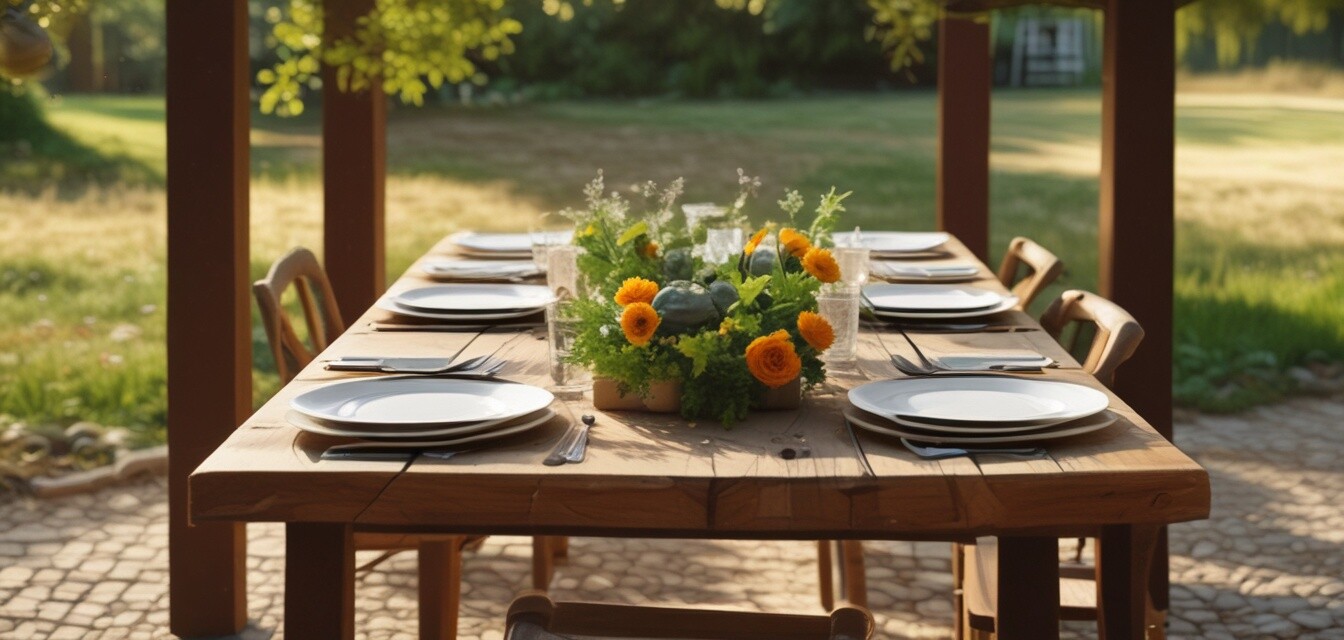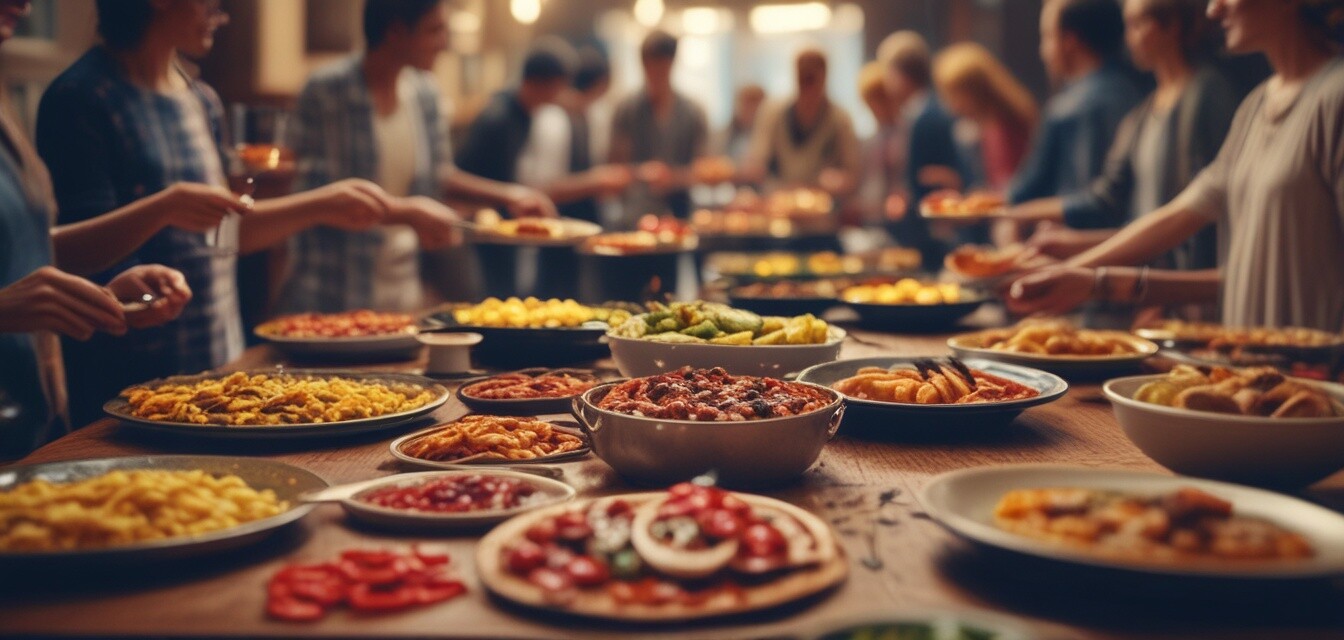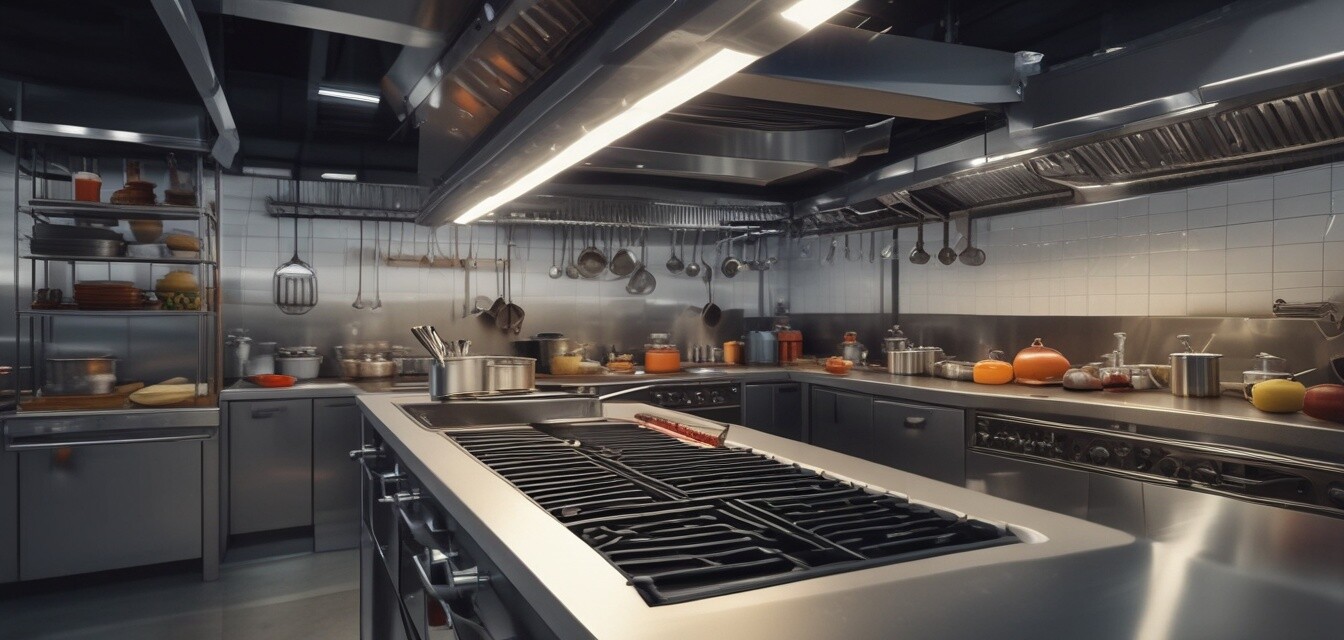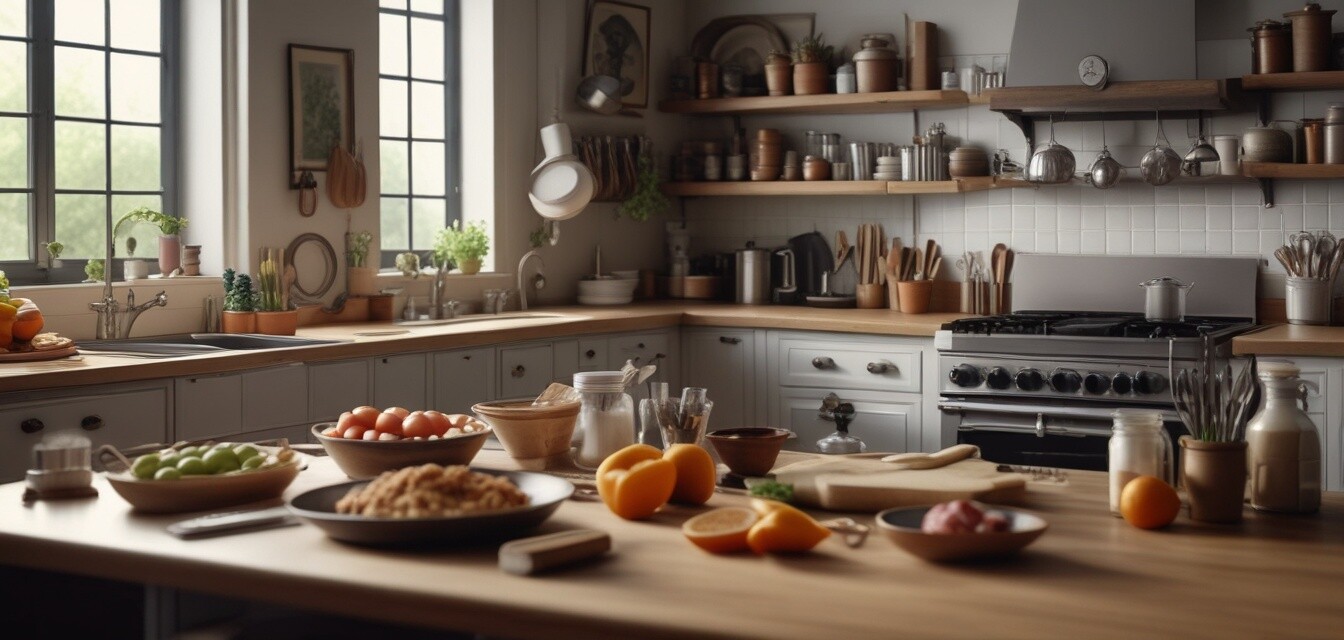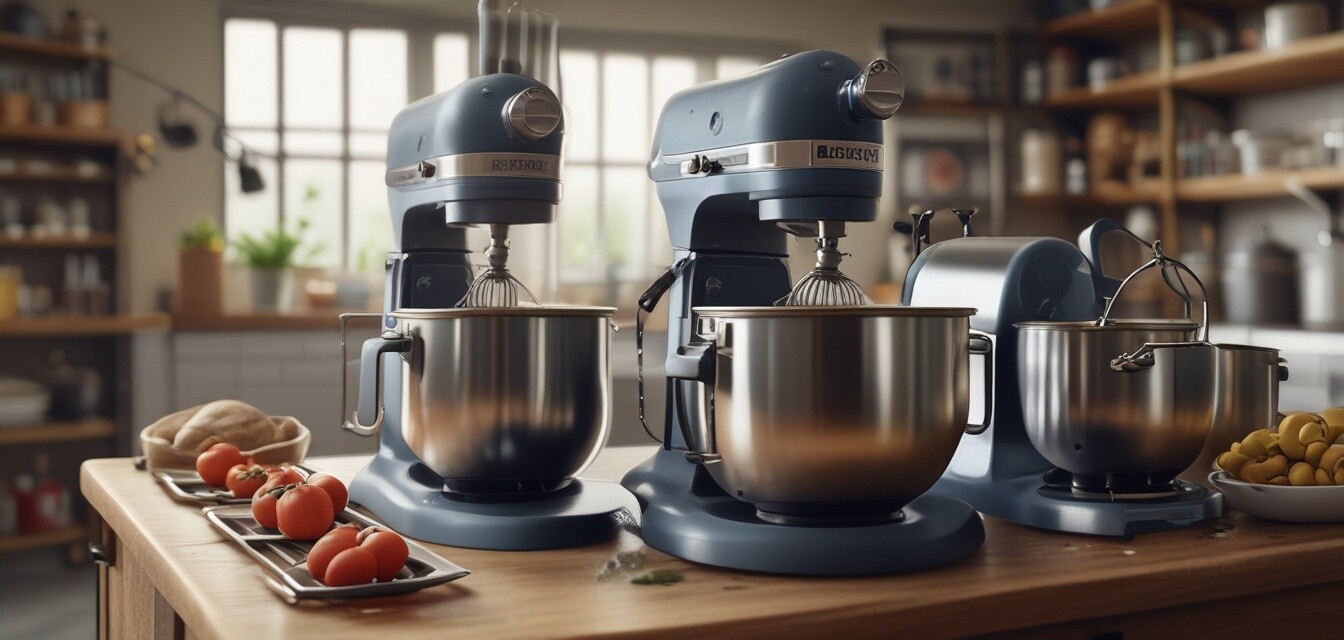
Disclosure: The FTC requires that this article indicate that it was created using AI and is not based on personal experience. It includes affiliate links, which means we may earn a commission if you purchase through these links at no extra cost to you. As Amazon Associates, we earn from qualifying purchases. Product recommendations and endorsements were generated by AI and do not reflect personal opinions or real-world use.
Bulk cooking techniques
- Understand the fundamentals of bulk cooking techniques to efficiently prepare large quantities.
- Learn about essential equipment that makes the cooking process easier.
- Adopt methods that enhance taste and quality while serving diverse groups.
Bulk cooking is not just a skill; it is an art that combines efficiency with quality to prepare delicious meals for large groups. Whether it's for a community event, a family gathering, or for meal prepping, understanding various bulk cooking techniques can greatly enhance your cooking experience. In this guide, we will explore essential methods, recommended equipment, and best practices to streamline your bulk cooking sessions.
Understanding bulk cooking
Bulk cooking refers to preparing larger portions of food than usual. This technique is particularly advantageous in settings such as restaurants, events, and family gatherings where a significant number of servings are required. Here are some core advantages:
- Time-saving: Spend less time prepping and cooking.
- Cost-effective: Buying ingredients in bulk can reduce costs.
- Consistency: Ensures consistent flavor and quality across the dishes.
Essential equipment for bulk cooking
Having the right tools is key to successful bulk cooking. Below is a table that outlines the essential equipment you might need:
| Equipment | Purpose |
|---|---|
| Commercial mixers | To efficiently mix large batches of dough or batter. |
| Industrial cooktops | To cook large quantities of food quickly and evenly. |
| Large pots and pans | Ideal for soups, stews, and boiling pasta. |
| Food storage solutions | For storing cooked meals and ingredients properly. |
| Buffet and serving essentials | To serve meals professionally and efficiently. |
Popular bulk cooking techniques
When it comes to cooking in bulk, various techniques can be employed to ensure both taste and efficiency. Here are some popular bulk cooking techniques:
- Batch cooking: Prepare a variety of dishes at once, portion them, and freeze for later use.
- One-pot cooking: Combine multiple ingredients in a single pot for easy cleanup and flavor enhancement.
- Sous-vide: Cooking food in a vacuum-sealed bag in a water bath at precise temperatures to ensure tenderness.
- Slow cooking: Using slow cookers or crockpots to prepare meals over a long period, allowing flavors to develop.
- Roasting: Cooking meats and vegetables at high heat in the oven, great for larger cuts.
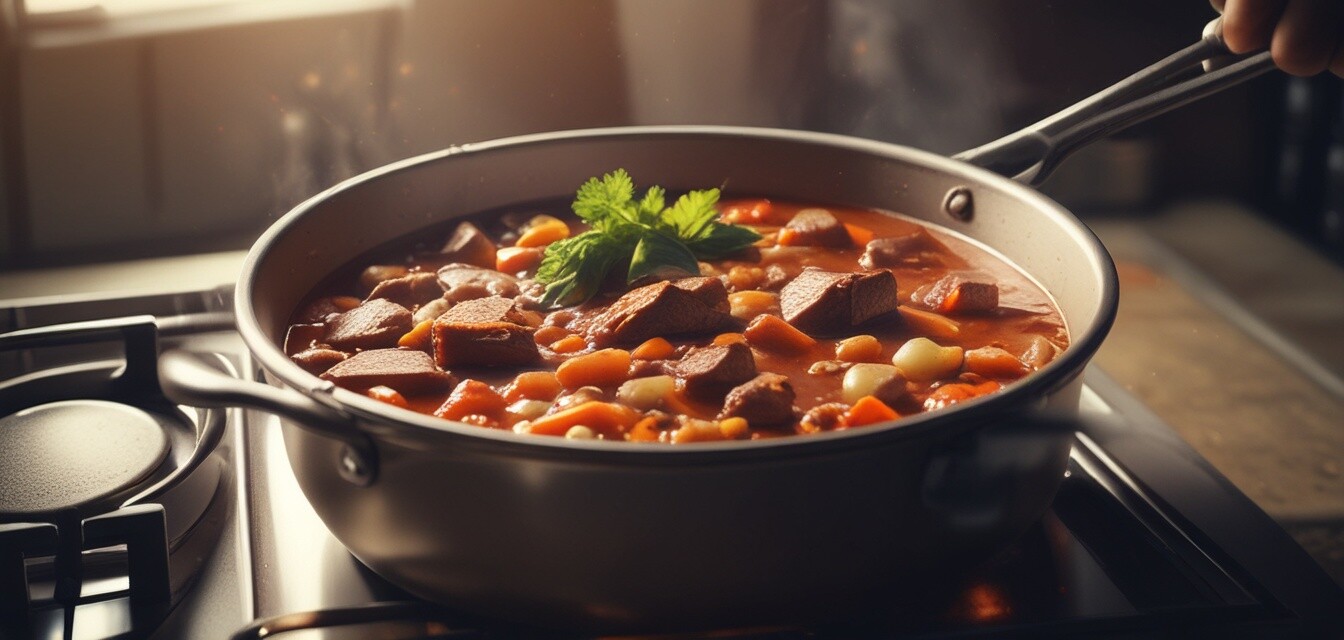
Batch cooking
Batch cooking involves preparing large portions of several different dishes at once. Here are some tips:
- Plan your menu ahead of time.
- Choose recipes that share similar ingredients to simplify the process.
- Label and freeze meals properly for easy reheating.
One-pot cooking
This method is great for a hassle-free cooking experience as you can throw in multiple ingredients and let them simmer.
- Use a large pot or Dutch oven.
- Cook grains, proteins, and vegetables together to maximize flavor.
- Minimal clean-up is an additional bonus.
Sous-vide
Sous-vide requires a bit of investment in equipment but pays off in tender, delicious meals.
- Invest in a high-quality sous-vide immersion circulator.
- Vacuum-seal your food to retain flavor.
- Cook for a longer time at lower temperatures for enhanced taste.
Slow cooking
Slow cookers are ideal for busy schedules. Here are best practices:
- Use lean cuts of meat which become tender over long cooking periods.
- Add liquid carefully; too much can make your dish watery.
- Experiment with spices for flavor enhancement.
Roasting
Roasting is one of the simplest techniques for bulk cooking, especially for meats and veggies.
- Use parchment paper or roasting pans for easy cleanup.
- Make sure to use even-sized ingredients for uniform cooking.
- Consider marinades to enhance flavor.
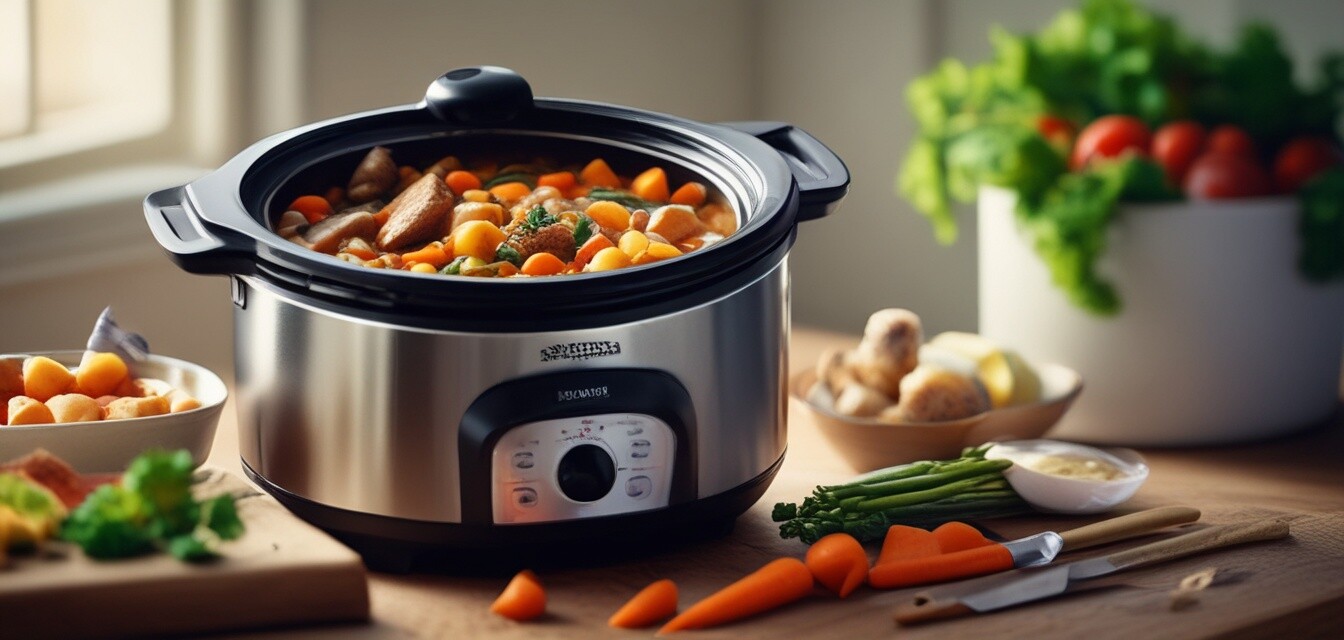
Storing bulk-cooked meals
Storing your cooked meals properly can ensure they remain fresh and safe to eat. Here are some key points:
- Allow food to cool to room temperature before refrigeration.
- Use airtight containers to maintain freshness and prevent freezer burn.
- Label your containers with contents and dates.
Pro tips for successful bulk cooking
Beginner's section
If you’re new to bulk cooking, following these tips might help:
- Start with simple recipes and gradually take on more complex dishes.
- Invest in quality kitchen tools that will make cooking easier.
- Plan shopping trips to purchase bulk ingredients efficiently.
Pros
- More efficient use of time and resources.
- Allows for meal planning and time-saving in the week ahead.
- Facilitates accommodating larger groups or families significantly.
Cons
- Requires significant upfront time investment.
- Potential for waste if not stored properly or if meals are not consumed.
- Can result in repetitive meals if not varied.
Conclusion
In summary, bulk cooking techniques are essential for anyone looking to prepare meals for large groups efficiently. By mastering these techniques and investing in the right equipment, catering to groups becomes a seamless and enjoyable experience. As you gain more experience, you will find ways to creatively expand your menu while saving time and enhancing the experience for yourself and those you serve.
Further exploration
For more information on related topics, check out our other pages:
